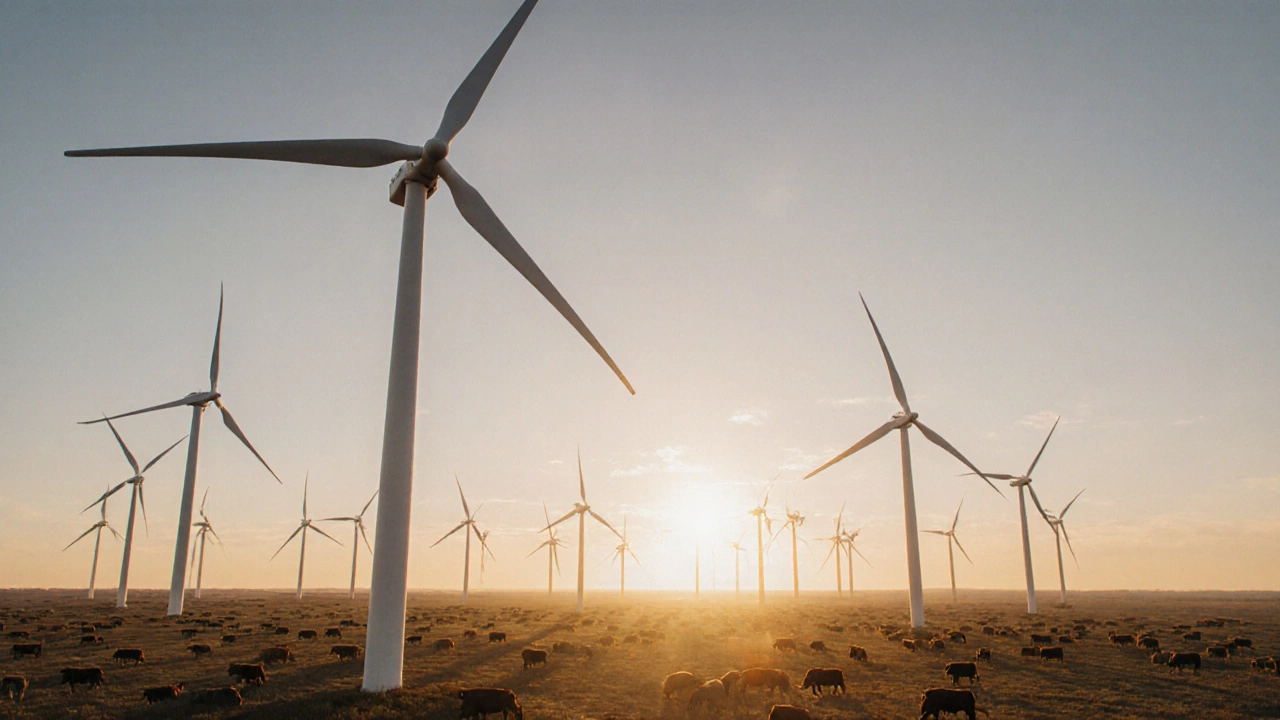Solar Energy in India: Growth, Challenges, and Real-World Impact
When we talk about solar energy, the process of converting sunlight into electricity using panels and inverters. Also known as photovoltaic power, it's no longer a futuristic idea—it's the cheapest and fastest-growing way to generate electricity in India today. Unlike coal or gas, solar doesn’t need fuel deliveries, doesn’t pollute the air, and works even in small villages without grid access. In 2025, India added more solar capacity than all other energy sources combined, thanks to falling panel prices, smarter policies, and local startups making installation easy.
Solar energy doesn’t work alone. It relies on renewable energy, power sources that naturally replenish, like wind, water, and sunlight. It’s part of a bigger shift away from fossil fuels, and the numbers prove it: solar and wind are now cheaper than coal in most parts of India. This isn’t just about the environment—it’s about saving money. Households, farms, and factories are switching because their bills drop, not because they’re being told to. And when you pair solar with energy storage, batteries that hold power for use when the sun isn’t shining, it becomes even more reliable. Rural areas that never had steady electricity are now running schools, clinics, and water pumps with solar + battery systems.
But it’s not all smooth sailing. technology transfer, the process of moving new tech from labs to real-world use is still messy. Many solar projects fail not because the tech doesn’t work, but because no one was trained to fix it, or spare parts aren’t available. Local partnerships matter more than imported hardware. And while the cost of panels has dropped, the real challenge is grid integration, land use, and financing for small farmers or shop owners who want to go solar but can’t afford upfront costs. These aren’t theoretical problems—they show up in the same posts about why innovation stalls and how research gets stuck in labs.
What you’ll find below isn’t just a list of articles. It’s a real look at how solar energy connects to bigger issues: why clean energy is now cheaper than fossil fuels, how policy and local action make or break adoption, and what happens when science meets everyday life. You’ll see how solar fits into India’s energy future, what’s holding it back, and who’s making it work—on rooftops, in villages, and in boardrooms.





